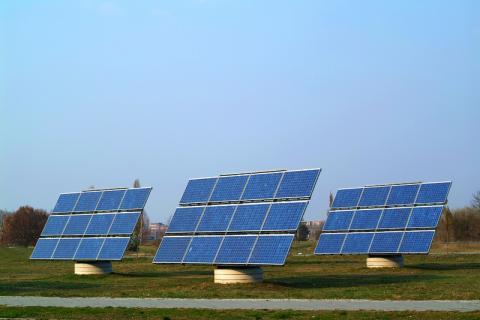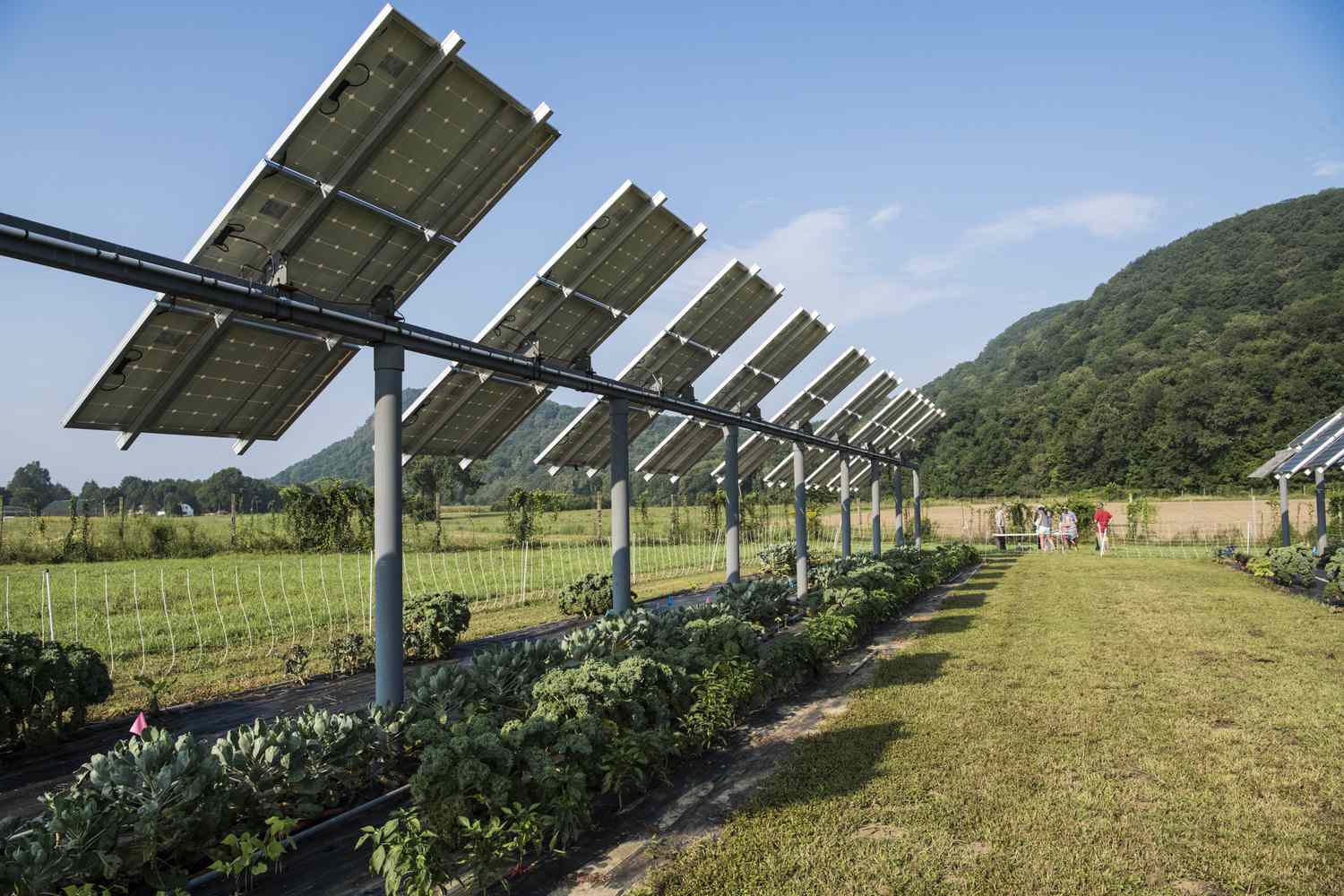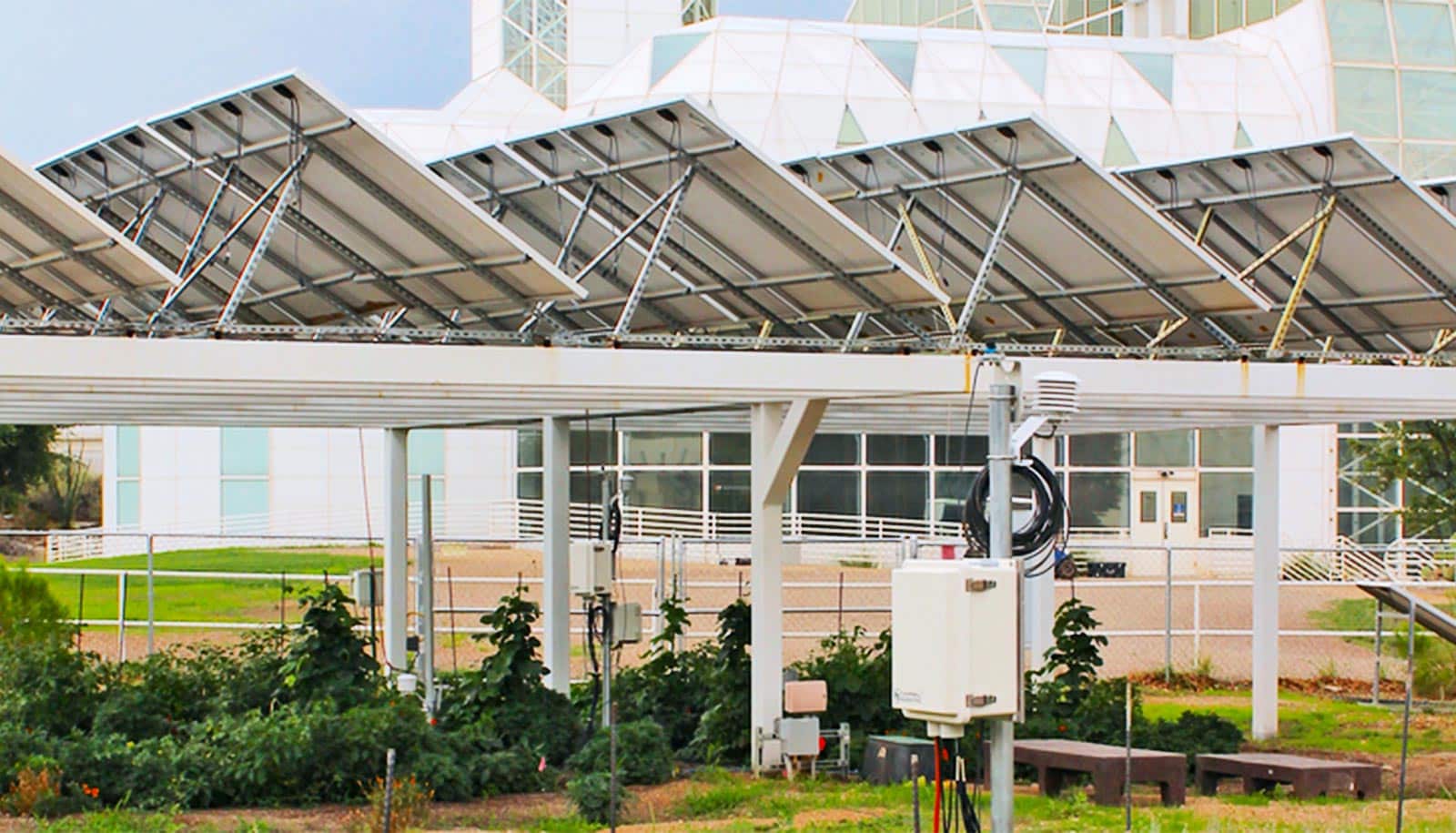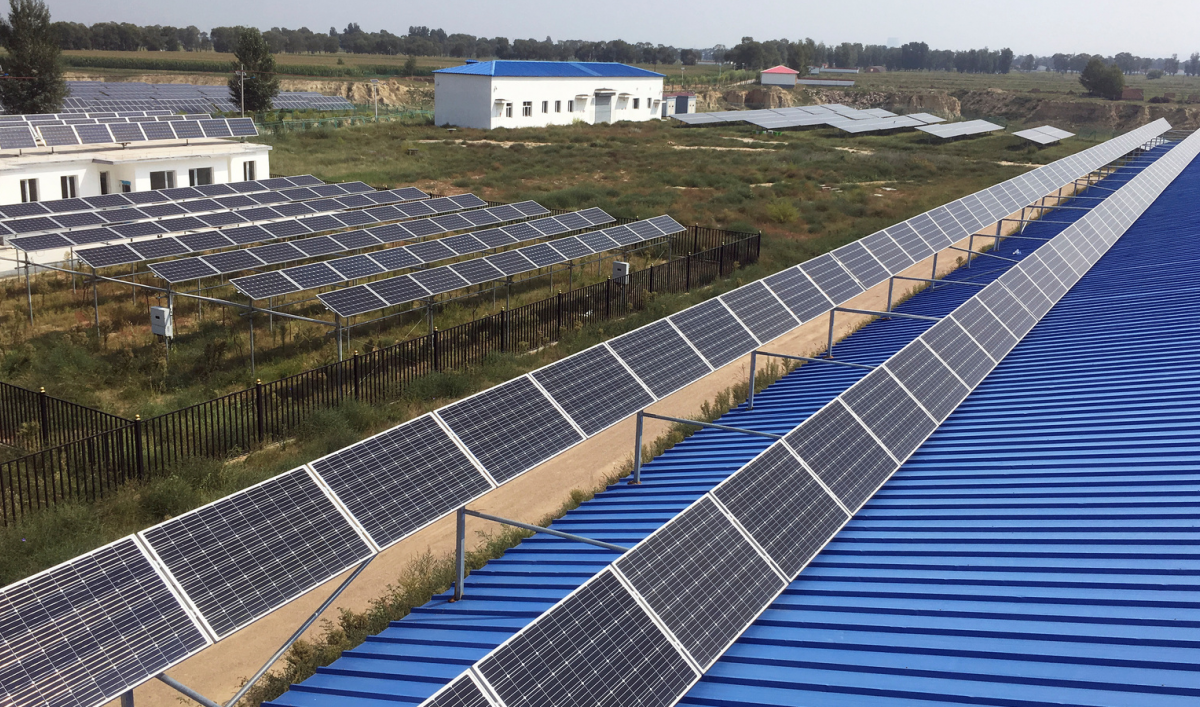Not sure if folks are keeping up with what is going on with the grid in California in the last week. Rolling blackouts due to inadequate power availability is not a good thing. I guess every major change has to have the guinea pigs and looks like the CA grid is the guinea pig for a grid weighed towards heavy use of renewables. Europe has gotten close but they luckily are connected to very large pumped storage capacity in the Nordic countries plus a block in Scotland. They can charge up the pumped storage during the day and pull out at night. Unfornately the western US does not have much pumped storage. The hydro plants out west do have pond level to work from but environmental regulations seriously limits significant draw downs.
The grid operator had been warning of inadequate reserves when large baseload fossil plants shut down but politically it was better to go green. As predicted the state is running into the head of the "Duck Curve" where daytime renewables are tapering off while demand is still high in the late day. Grid batteries are being built and added to the grid but they are just a drop in the bucket to what is needed to keep supply during record heat.
Reportedly many solar firms including Tesla were already going gangbusters selling hybrid solar systems with batteries to supply the remote areas impacted by PGE blackout policy for wildfire prevention. Of course the standard Tesla contract allows the ability to dispatch the battery power to the grid when power prices are high. This means someone depending on the battery to ride through a black out may start out with no charge. This happened in VT on customers with Tesla batteries during bad weather a year or so ago. Tesla drained the batteries to help reinforce the grid and then the grid went down. I think it happened during the night so the customers where SOL despite having a battery.
I expect the search is already on for a scapegoat. A similar issue was engineered by Enron years ago where they caused the loss of capacity and then profited by selling back at elevated prices into the grid. There were controls put in place to prevent that manipulation but it made great cover for other sins on the gird
Its going to be interesting to see what comes out of this. The normal approach is a bunch of peakers with large fuel oil tanks but that obviously has a limit due to fuel storage capacity. The current approach is to put batteries at peaker locations so that the batteries handle short term blips prior to firing off the peakers. This reduces the emissions and wear and tear on the peakers. In this case its not short term blip but a several hour event. Its probably a good place for flow batteries but that technology seems to be still exhibiting growing pains.
Reportedly once the blackout started, a combination of voluntary load shedding by large users like the US military and emergency drawdowns at hydro dams plus a change in the weather reduced the extent of the blackouts.
The grid operator had been warning of inadequate reserves when large baseload fossil plants shut down but politically it was better to go green. As predicted the state is running into the head of the "Duck Curve" where daytime renewables are tapering off while demand is still high in the late day. Grid batteries are being built and added to the grid but they are just a drop in the bucket to what is needed to keep supply during record heat.
Reportedly many solar firms including Tesla were already going gangbusters selling hybrid solar systems with batteries to supply the remote areas impacted by PGE blackout policy for wildfire prevention. Of course the standard Tesla contract allows the ability to dispatch the battery power to the grid when power prices are high. This means someone depending on the battery to ride through a black out may start out with no charge. This happened in VT on customers with Tesla batteries during bad weather a year or so ago. Tesla drained the batteries to help reinforce the grid and then the grid went down. I think it happened during the night so the customers where SOL despite having a battery.
I expect the search is already on for a scapegoat. A similar issue was engineered by Enron years ago where they caused the loss of capacity and then profited by selling back at elevated prices into the grid. There were controls put in place to prevent that manipulation but it made great cover for other sins on the gird
Its going to be interesting to see what comes out of this. The normal approach is a bunch of peakers with large fuel oil tanks but that obviously has a limit due to fuel storage capacity. The current approach is to put batteries at peaker locations so that the batteries handle short term blips prior to firing off the peakers. This reduces the emissions and wear and tear on the peakers. In this case its not short term blip but a several hour event. Its probably a good place for flow batteries but that technology seems to be still exhibiting growing pains.
Reportedly once the blackout started, a combination of voluntary load shedding by large users like the US military and emergency drawdowns at hydro dams plus a change in the weather reduced the extent of the blackouts.









